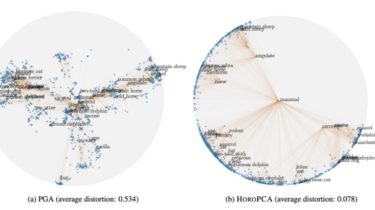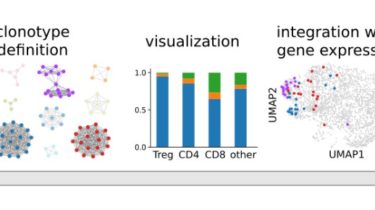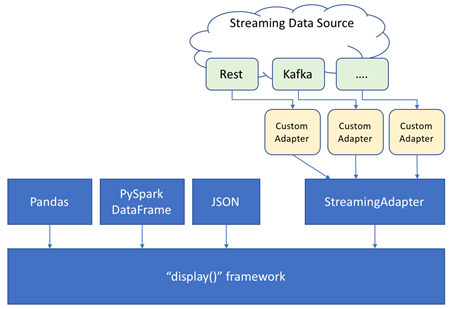An open-source toolkit for entropic time series analysis
EntropyHub Information and uncertainty can be regarded as two sides of the same coin: the more uncertainty there is, the more information we gain by removing that uncertainty. In the context of information and probability theory, Entropy quantifies that uncertainty. The concept of entropy has its origins in classical physics under the second law of thermodynamics, a law considered to underpin our fundamental understanding of time in physics. Attempting to analyse the analog world around us requires that we measure […]
Read more





